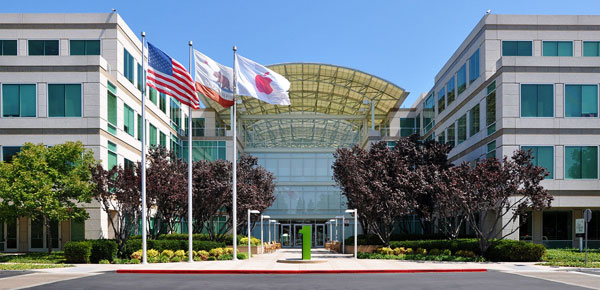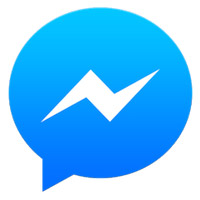Apple on Monday reported another quarter of stellar earnings, detailing its drive to 27 percent revenue growth on the backs of its iPhone, Mac and App Store sales.
The company generated US$58 billion in revenue in the second quarter — about a $12 billion increase year over year — and posted a net profit of $13.6 billion, roughly $3 billion more than the year-ago quarter.
In looking to its third quarter, Apple remained conservative in its guidance and set expectations at between $46 billion and $48 billion in revenue.
Apple’s outstanding Q2 benefited from record-setting sales in its App Store, continued strong iPhone 6 performance, and the refreshed Mac line. Those three elements drove the best results for the March quarter the company has ever enjoyed, CEO Tim Cook said.
“We’re seeing a higher rate of people switching to iPhone than we’ve experienced in previous cycles, and we’re off to an exciting start to the June quarter with the launch of Apple Watch,” he noted.
Keeping Up the Good Work
Cook and company cited the products Apple sold as the reason for its strong second quarter, but just as important may be where it’s selling them, according to Pund-IT Principal Analyst Charles King.
In the second quarter of Apple’s 2015 fiscal year, revenue from Greater China outpaced all regions except the Americas. In the previous three-month period and the year-ago quarter, China fell behind Europe in Apple sales.
“When Apple entered the market a few quarters ago, some analysts said: ‘If Apple can get a toehold [in China] and establish itself, it could provide the next serious jump forward for Apple’ — and that looks to be the case with the latest earnings report,” King told the E-Commerce Times.
Though China has been shaking down outside tech companies to a degree, there’s still much more potential for Apple and others to continue growing in the country.
Even if the recently launched Apple Watch is unsuccessful, strong sales in China could sustain the smartwatch and see it through to another iteration. However, as Apple moves into its smartwatch chapter, it will be important for the company to continue its masterful storytelling, suggested University of Notre Dame visiting professor of marketing Brett T. Robinson, author of Appletopia.
“Apple also needs to continue tapping into that mythic side of the company — the storytelling element that makes Apple customers feel like they’re part of a massive movement,” he told the E-Commerce Times.
Apple declined to comment on Apple Watch sales, as the smartwatch was released about a month after the company’s second quarter came to a close.
Yes, It Still Bleeds
There are places where Apple is still vulnerable, and the Apple Watch and iPad are at the top of the list. While Apple has excelled in releasing easy-to-use products, Watch wearers still have to fall in love with the smartwatch’s usability for that to continue, Robinson said.
“If there are any lessons to be learned from Google Glass, it’s that consumers might not be entirely ready for wearables that are that too technologically sophisticated,” he explained. However, “I think the Watch is more innocuous than the glasses, which raised all sorts of privacy concerns.”
Comparing Apple to a tyrannosaurus, King noted that it isn’t impervious to market forces, but it can probably take the buffeting.
One of the bigger weak spots is the iPad, he suggested.
“With what Apple is becoming, if that fallout in iPad sales continues — and I think it will — that would make Apple pretty much a one-product company,” said King. There’s nothing wrong with that, if you can sell a gazillion iPhones at the profit margins Apple has been [enjoying].”























































Social Media
See all Social Media